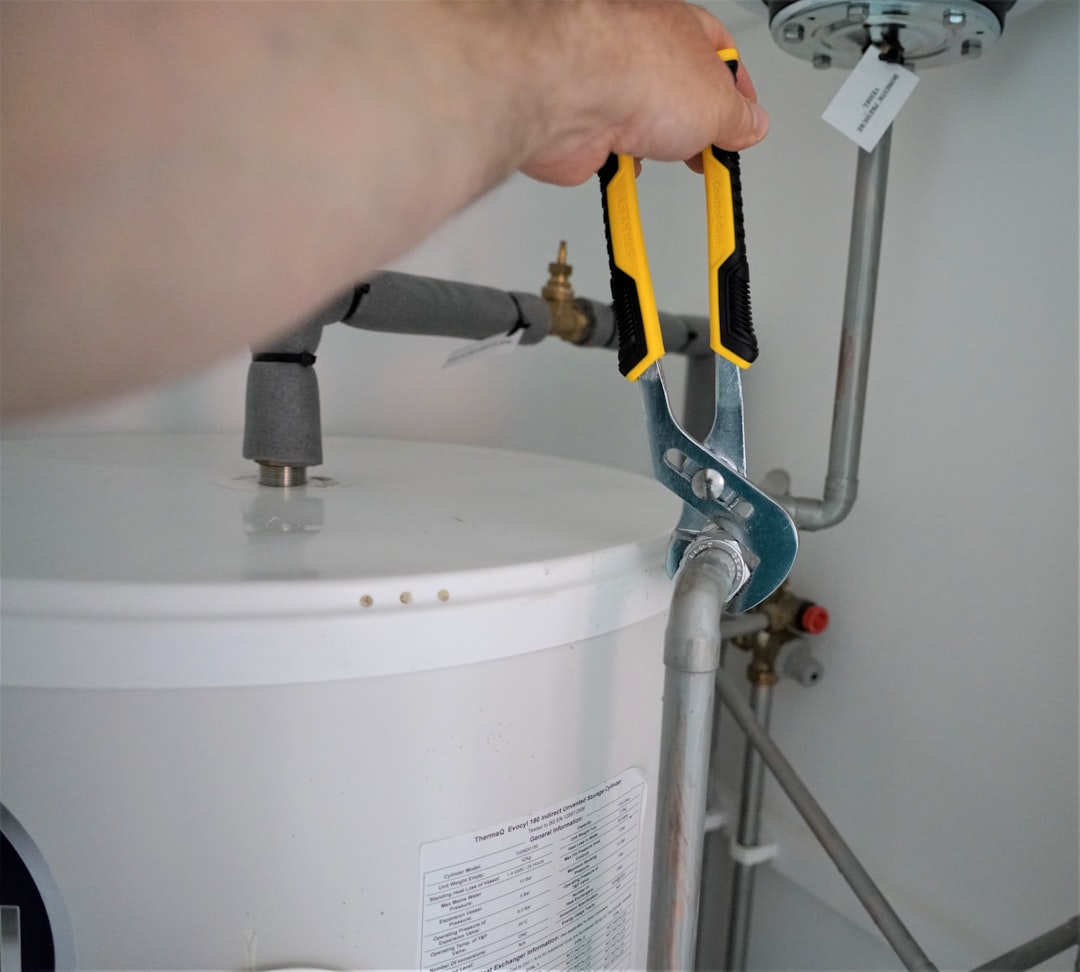
Homeowners love the convenience of a fridge that dispenses fresh, filtered water and ice. Yet one question always comes up first: how much does it cost to install the waterline for a refrigerator? CountBricks specializes in giving clear, data-backed answers for residential construction, and this guide breaks down every factor that shapes the final price tag.
Inflated allowances or low-ball guesses can derail a kitchen project in seconds. CountBricks uses AI-driven voice capture, real-time material databases, and blueprint takeoffs to turn a quick conversation with your client into a detailed, line-item estimate. By pinpointing the true install waterline for refrigerator cost, you protect margins, earn client trust, and avoid last-minute change orders.
The price to install a refrigerator waterline ranges from modest handyman fees to more complex plumbing integrations. CountBricks has analyzed thousands of residential quotes and identified four main drivers.
• Distance to existing cold-water supply: Short 6-foot runs cost far less than traversing a full basement ceiling.
• Pipe material: • PEX is flexible and affordable • Copper offers durability but commands a premium.
• Labor complexity: Cutting drywall, fishing lines through finished walls, and installing shut-off valves add billable hours.
• Local code and permit requirements: Municipal fees and mandated backflow prevention devices vary by region.
1. Basic Installation (exposed basement ceiling, PEX) – $120 to $225
2. Mid-Grade Installation (finished walls, shut-off box, copper tubing) – $250 to $400
3. High-End Installation (long run, cabinetry modifications, permit) – $450 to $700+
These figures come straight from CountBricks AI estimates aggregated across multiple residential markets. Your final number will reflect current local material pricing pulled automatically from CountBricks.com/services.
Unlike static spreadsheets, CountBricks pulls today’s copper price, zip-code specific labor rates, and current permit fees the moment you speak with your client.
• Real-time voice capture turns the contractor-homeowner chat into structured project data.
• Our AI maps that data to tasks—supply line run, valve install, drywall patch—and applies localized costs.
• The platform outputs both a professional quote PDF and a living estimate you can tweak on site.
Need to swap PEX for copper? Just say it. CountBricks recalculates in seconds.
1. Identify nearest cold supply and verify pressure.
2. Shut off water and install a tee fitting or saddle valve.
3. Run PEX or copper tubing to the fridge cavity, securing every 4-5 feet.
4. Install a recessed ice-maker box with a quarter-turn shut-off.
5. Flush the line, pressure-test, and connect to refrigerator.
6. Patch drywall and clean the workspace.
CountBricks blueprint takeoffs allow you to mark each step on the digital planset, generating automatic task durations for your crew.
• Drywall finish level: A level-5 finish repair can add $2–$3 per square foot.
• Appliance relocation: Sliding the fridge across marble flooring may require protective boarding and extra labor.
• Electrical upgrades: Older kitchens might lack a grounded receptacle, necessitating a GFCI outlet install.
CountBricks flag these add-ons during the estimating phase so you never eat costs later.
• Bundle tasks: Pair the waterline with dishwasher hookups to save repeated mobilization fees.
• Up-sell shut-off boxes: Homeowners appreciate easy access; the upgrade yields healthy margins.
• Track material scraps: CountBricks inventory tools record off-cuts for future service calls.
• Offer filter subscriptions: Tie in recurring revenue by setting fridge filter reminders within CountBricks client portal.
• Record voice memos on site: The AI attaches them to the estimate for indisputable scope documentation.
A Carson City remodel required a 26-foot copper run through a finished basement ceiling. CountBricks voice estimation pegged the cost at $482, including permits and level-4 drywall finish. The final invoice matched within 2%, demonstrating the power of accurate, AI-driven residential estimating.
Ready to lock in your install waterline for refrigerator cost with confidence? Visit CountBricks.com/consultation to book a 15-minute demo, or explore sample projects at CountBricks.com/portfolio.

PEX and copper both deliver water to the fridge, but they create very different cost curves over a project’s life.
• PEX Advantages: Lower upfront price, fast installation, and fewer fittings mean a basic job often lands under $200. CountBricks reports show average labor savings of 18% when switching to PEX on short runs.
• Copper Advantages: Superior durability, heat resistance, and perceived quality raise homeowner confidence. Copper increases material spend by 30-50%, yet service-call reductions over ten years can offset that premium.
1. 10-foot PEX run, unfinished basement – $145 parts & labor
2. 10-foot copper run, unfinished basement – $198 parts & labor
3. 25-foot PEX run, finished walls, drywall patch – $365 total
4. 25-foot copper run, same conditions – $492 total
These numbers auto-update inside CountBricks every time copper futures or PEX resin prices fluctuate, keeping your bids aligned with today’s market.
• Offer a “waterline & filter package”: One line item covers installation plus the first two filters, boosting perceived value.
• Create a “no-surprise pledge”: Powered by CountBricks real-time updates, promise clients the invoice will stay within 3% of the signed estimate.
• Leverage blueprint takeoffs: Tag dishwasher, sink, and fridge supply lines in one pass, then present a combined labor efficiency discount.
1. Import the accepted estimate into your CountBricks project timeline.
2. Assign plumbing tasks to the crew calendar; the system suggests optimal sequencing with other kitchen activities.
3. Receive automatic alerts if material deliveries slip, allowing you to reschedule drywall or paint without costly downtime.
Visit CountBricks.com/services to see how our AI platform streamlines every stage—from on-site voice capture to final invoice—so you can focus on craftsmanship, not calculators.